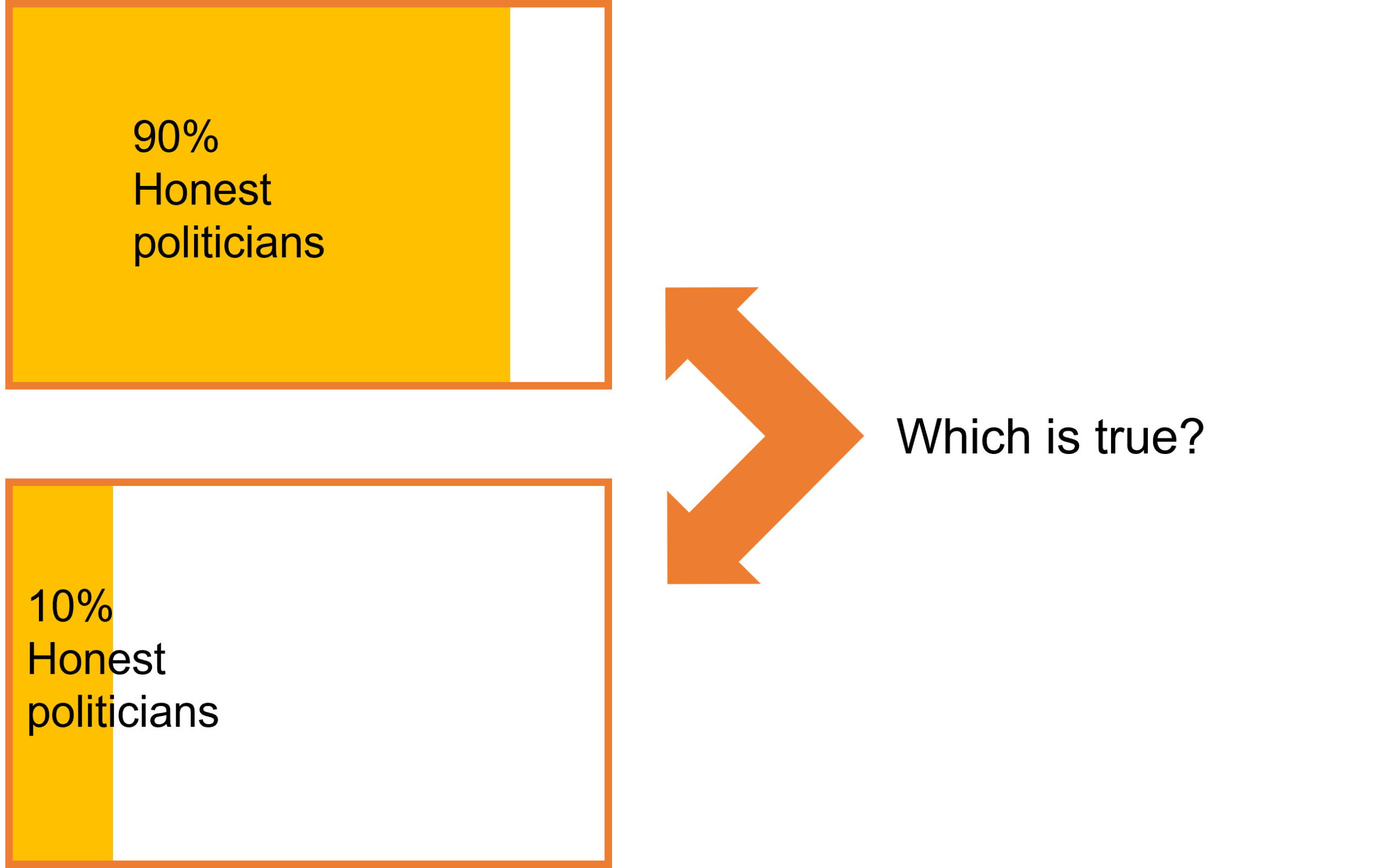Leaks of confidential information are pervasive in politics and a recurring topic in public debate. Roughly speaking, they come in two varieties: whistle-blowing and leaks of details from policy deliberations in order to influence decision-making processes. While the first variety includes many spectacular cases (the Pentagon papers, the US diplomatic cables, and the Panama papers, to name only a few), the focus of our analysis lies on the second variety, which includes a number of prominent examples as well:
- On April 2, 2016, WikiLeaks published records of a conference call between officials of the International Monetary Fund (IMF) discussing the Greek debt crisis, which appeared to reveal the IMF’s intention to leave the Troika of the European Commission, the European Central Bank (ECB) and the IMF. On the same day, the Greek government demanded clarification from the IMF. The IMF stayed in the Troika.
- On May 2, 2016, Greenpeace published detailed documents that were leaked from the negotiations of the Transatlantic Trade and Investment Partnership (TTIP) and projected parts of the text onto the Reichstag in Berlin. The next day, the French president, François Hollande, announced his rejection of TTIP.
- On March 21, 2023, the German Minister of Economy and Climate Protection, Robert Habeck, complained on a widely-watched TV news show that an early draft of his ministry’s proposal to ban oil and gas heating systems in Germany had been “deliberately leaked to undermine confidence in the government.” After three months of heated public debate on Habeck’s plan, the coalition government decided to send a substantially modified bill to the parliament.
In our article “Committee Decision-Making under the Threat of Leaks,” we investigate how information aggregation and voting in a political committee that is nominally operating under confidentiality are affected by the threat that information may be leaked by committee members. Members with partisan interests may have a motive to leak information to influence decision-making. For our analysis, we use two approaches: a mathematical model of strategic interactions between optimally behaving individuals, which serves as a theoretical benchmark, and a lab experiment in which human participants make decisions that influence each others’ monetary payoffs.
Our mathematical model predicts that the threat of leaks has a strong effect on how much information is shared in the committee and which decisions are made. Importantly, these effects are driven by the mere possibility that members could use leaks to prevent outcomes that would be undesirable to them individually. The effects materialize even when leaks do not actually happen.
With regard to the amount of information being shared and the quality of the decision, the threat of leaks makes a nominally confidential committee equivalent to a fully transparent one where the entire committee decision-making process is public. Compared to a truly confidential committee, the threat of leaks leads to less information being shared and a lower probability of socially desirable projects being implemented. Overall the threat of leaks causes a status-quo bias, i.e., new projects are implemented with a low probability.
Our laboratory experiment broadly confirms the predictions of our mathematical model. For example, the possibility of leaks entails a high probability of the status quo remaining in place.
However, individual behavior is often different than predicted. In particular, the participants of our experiment communicate more naively, and leaks of information frequently occur as a result.
In our mathematical benchmark model, committee members behave in a highly sophisticated manner compared to the participants in our experiment. The members in our model anticipate that certain actions would induce others to leak information to prevent outcomes undesirable to them. As leaks are harmful to everyone on the committee, members refrain from actions that would merely provoke leaks and would not lead to outcomes desirable to them. Committee members also correctly take into account that information that they share with other members can be leaked to outsiders. As a result, they often withhold such information strategically.
The human participants in our experiment are less strategic, which leads to a lot of information being shared and leaks being used frequently. As leaks are inefficient in the sense that they impose costs on all committee members, our experiment reveals further social costs of leaks, in addition to the lower frequency of adoption for socially desirable projects that have already been identified in the mathematical model. To sum up, while our experiment confirms our model’s predictions about aggregate outcomes, it reveals some new interesting patterns of individual behavior.
Overall, we would argue that the danger that potential leaks can impede political deliberation and decision-making processes should be taken more seriously. This is true in particular in times where technological progress facilitates the quick and anonymous release of large quantities of data.
This blog piece is based on the forthcoming Journal of Politics article “Committee Decision-Making under the Threat of Leaks” by Sebastian Fehrler and Volker Hahn
The empirical analysis has been successfully replicated by the JOP and the replication files are available in the JOP Dataverse.
About the Authors
 Sebastian Fehrler is Professor of Economics of Social Policy at the University of Bremen, Socium. His research interests lie in the fields of decision-making and communication in groups, and policy evaluation (mainly in the Global South). For more information visit his website.
Sebastian Fehrler is Professor of Economics of Social Policy at the University of Bremen, Socium. His research interests lie in the fields of decision-making and communication in groups, and policy evaluation (mainly in the Global South). For more information visit his website. Volker Hahn is Professor of Monetary Economics at the University of Konstanz. His research focuses on committee decision-making and monetary policy. Additional information can be found on his website.
Volker Hahn is Professor of Monetary Economics at the University of Konstanz. His research focuses on committee decision-making and monetary policy. Additional information can be found on his website.

